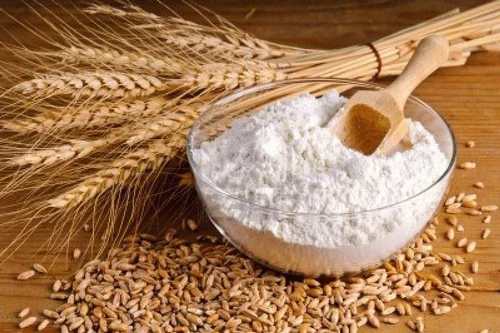WHOLE WHEAT FLOUR MANUFACTURING AND SALES
Whole wheat flour (WWF) is the powder obtained from the milling of wheat other than durum. It contains the natural kernel proportions of bran, endosperm and germ. Typically, it’s made from hard red wheat. It has a shorter shelf life than its white flour counterpart, due to the oil present in the bran and germ.
In baking, whole wheat flour is used in a wide variety of baked goods. It produces richer and denser products than white flour. Commercially, WWF is available as:
- Coarse
- Fine
Origin
Whole wheat flour is obtained from whole wheat (Triticum aestivum) kernel. Wheat is one of the oldest crops which dates back to the Stone Age. Its domestication started in the Tigris and Euphrates River Valley.
The industrial development of whole wheat flours is fairly recent and was driven by the rediscovered health benefits of the bran, germ proteins and dietary fiber. Today, China, India and the US are among the main producers of wheat in the world.
Function

- Structure builder: provides gluten and starch for the structure of the baked goods.
- Liquid absorption: by absorbing moisture, WWF components such as starch, proteins and pentosans bind up to form a coherent structure in baked goods.
- Flavor: provides a richer nutty flavor due to the presence of the bran and germ.
- Color: provides a characteristic brownish color due to the bran’s characteristic pigments. WWF can also contribute to Maillard reaction.
- Nutritional value: high dietary fiber content as well as proteins, minerals and vitamins are responsible for the nutritional value of WWF
